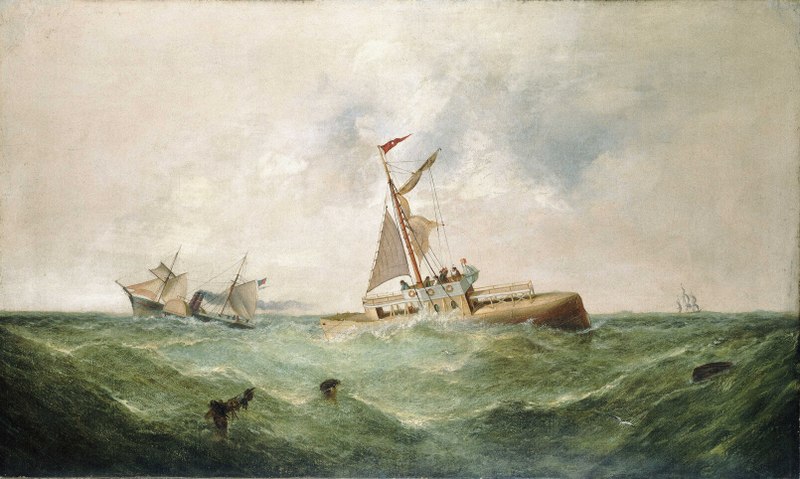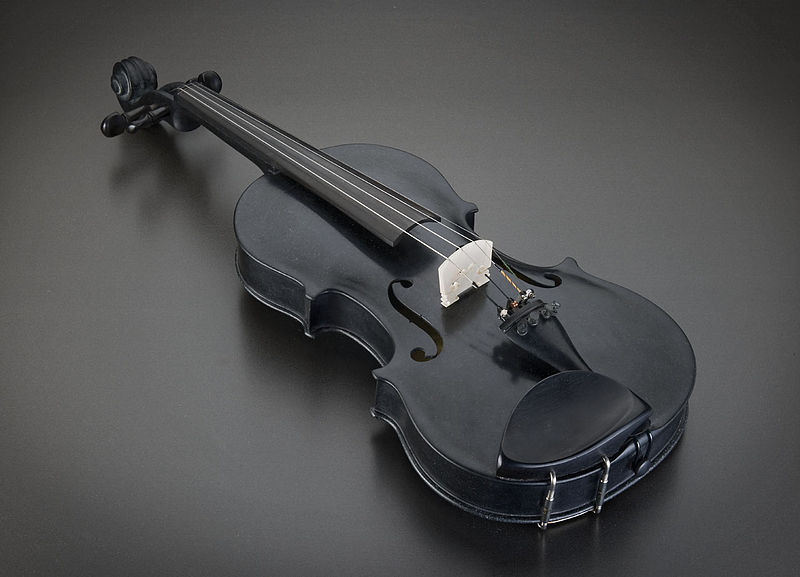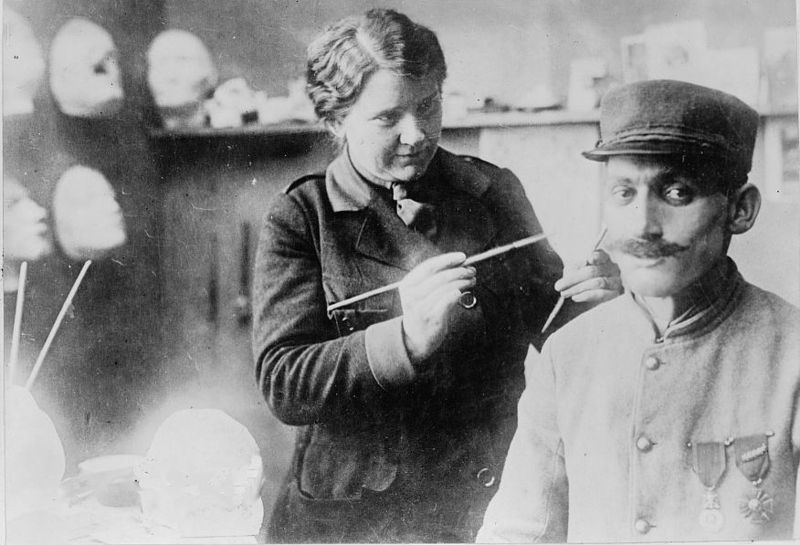Moving beyond attempts at merely contacting the dead, artist Attila von Szalay claimed to be the first researcher to actually record the discarnate voices of the spirit world. Von Szalay’s quest began in 1936, while he worked in his darkroom. He claimed to hear in this darkened chamber the voice of his deceased brother calling his name. A subsequent interest in Yoga, meditation, and Eastern philosophy made him better able to hear such voices, and in 1941 he attempted for the first time to record the spirits on a 78 rpm record (with disappointing results). It wasn’t until 1956 that von Szalay ‘successfully’ recorded such phenomena, this time using a reel-to-reel tape recorder. Perhaps unaware of their importance in the history of telecommunications, the first recorded spirit voices offered such banal messages as ‘This is G!,’ ‘Hot dog, Art!,’ and ‘Merry Christmas and Happy New Year to you all.’ These pioneering sessions were reported by noted psychic researcher Raymond Baylass in a letter to the Journal of the American Society for Psychical Research in 1959.
— Jeffrey Sconce, Haunted Media: Electronic Presence From Telegraphy to Television, 2000





